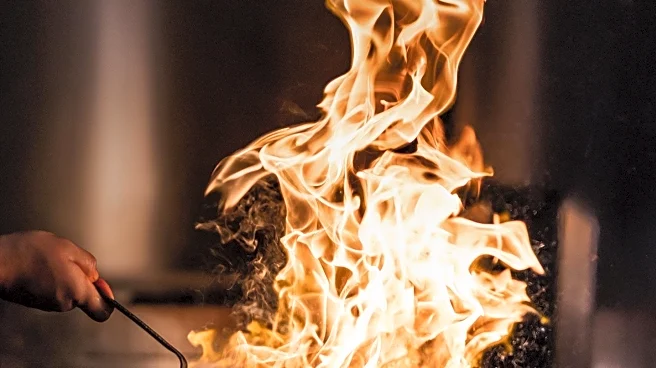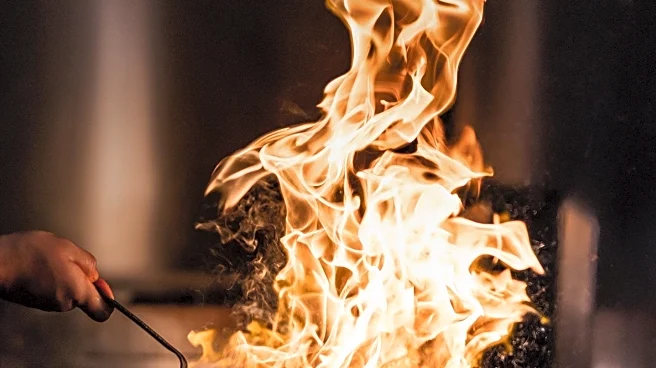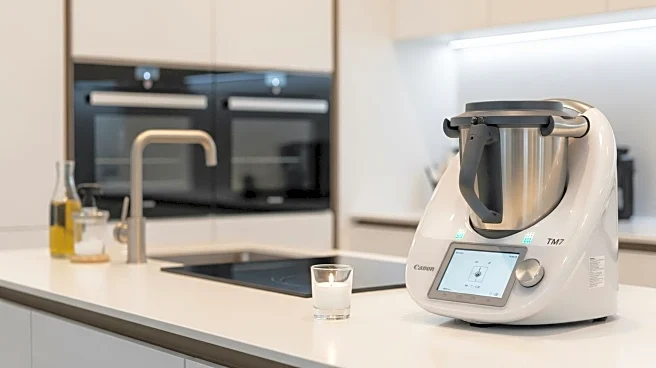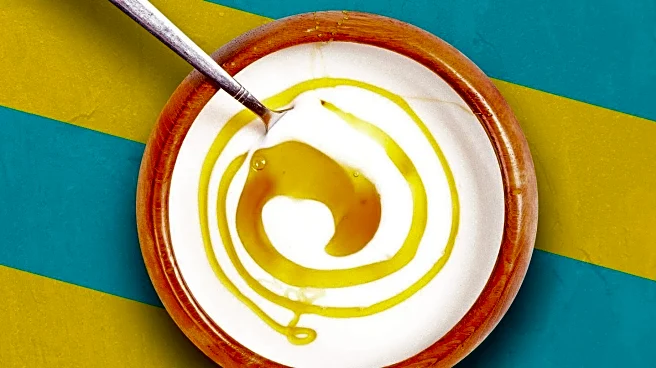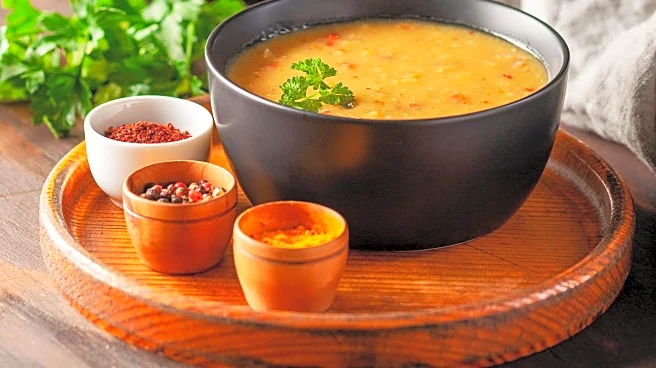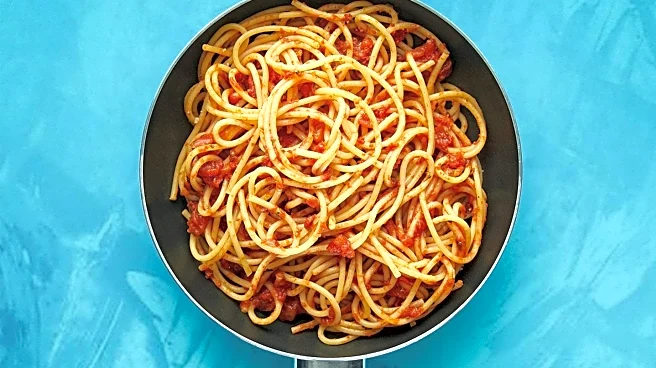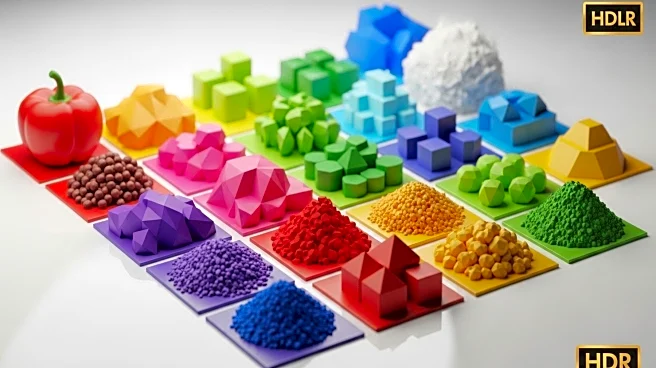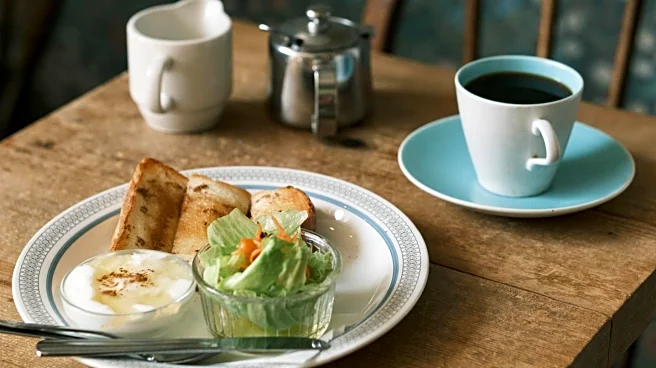What's Happening?
Reverse searing, a cooking method traditionally used by professional chefs, is gaining popularity among home cooks for its ability to deliver perfectly cooked steaks. This technique involves starting the cooking process in a low-temperature oven and finishing with a high-heat sear, resulting in even doneness and a caramelized crust. Culinary experts, such as Danny Ganem from Gioia Hospitality Group, advocate for this method due to its ability to enhance the tenderness and flavor of thick cuts like ribeye and filet mignon. The process requires basic kitchen equipment, including a temperature-controlled oven and a heavy-duty pan, making it accessible to home cooks seeking restaurant-quality results.
Why It's Important?
The reverse searing method offers significant advantages for home cooks, particularly in achieving consistent and high-quality results with thick cuts of meat. By allowing the marbling and collagen to break down slowly, this technique enhances the meat's tenderness and flavor, making it a preferred choice for steak enthusiasts. The method also provides flexibility in meal preparation, as the oven time can be used to prepare other components of the meal. This approach not only elevates the home cooking experience but also democratizes a professional technique, enabling more people to enjoy gourmet-quality meals at home.
What's Next?
As more home cooks adopt the reverse searing method, it is likely that culinary retailers will see increased demand for related kitchen equipment, such as oven-safe thermometers and heavy-duty pans. Cooking classes and online tutorials may also focus on teaching this technique, further popularizing it among amateur chefs. Additionally, restaurants may begin to highlight reverse-seared steaks on their menus, capitalizing on the growing interest in this cooking method.
Beyond the Headlines
The rise of reverse searing reflects a broader trend in home cooking, where consumers are increasingly seeking methods that offer professional results without requiring extensive culinary expertise. This shift may influence the food industry to develop new products and services that cater to this demand, such as pre-seasoned meats designed for reverse searing or subscription services offering curated meal kits.
